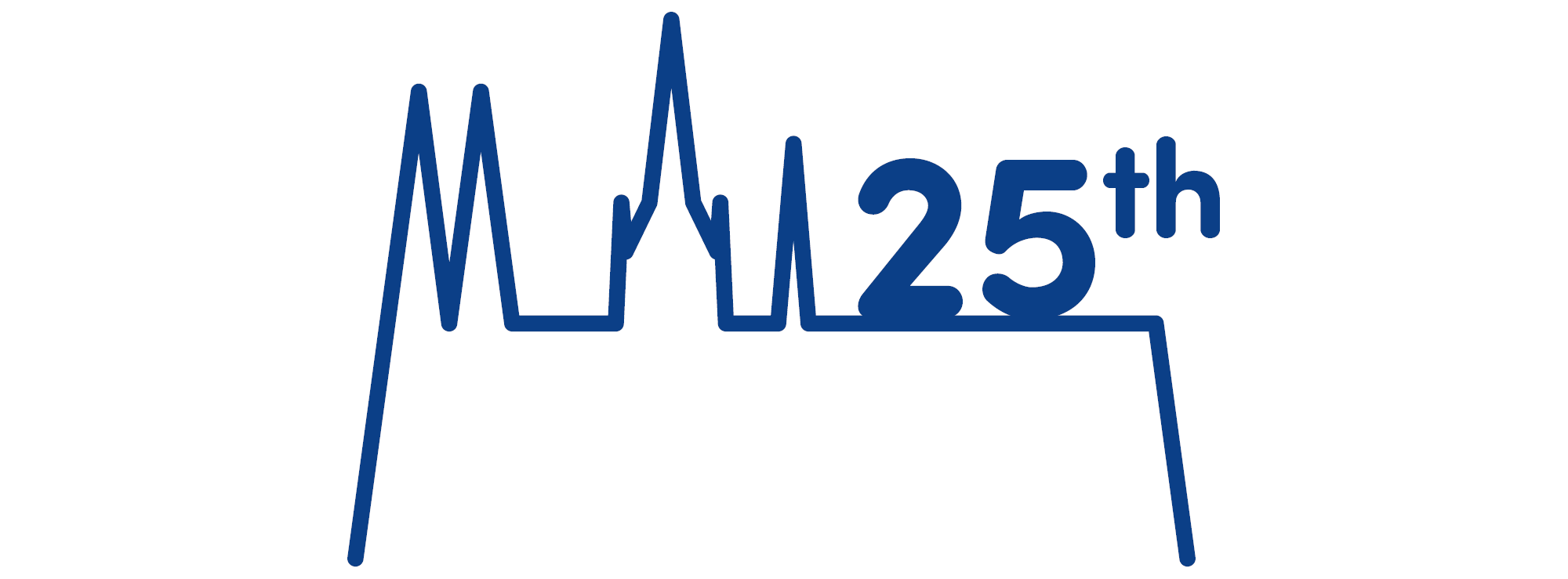Low-Latency Encryption on Hardware: Trade-offs and Recommendations
Time:
9:00 — 12:00 (Sunday, September 10, 2023)
Speaker:
Elif Bilge Kavun, University of Passau, Germany
Abstract:
In recent years, the demand for cost-effective, low-latency encryption has significantly increased, particularly for applications such as memory encryption. The processing time required by a cryptographic primitive implemented in hardware is a crucial performance metric in these scenarios.
However, achieving low latency involves intricate trade-offs with other metrics, including circuit area, time-area product, power consumption, and energy efficiency. Therefore, it becomes essential to thoroughly investigate these trade-offs to optimize the performance of hardware implementations. This tutorial aims to present a comprehensive overview of low-latency encryption techniques on hardware, specifically focusing on block cipher design and hardware implementation. We will delve into the extensive body of research and cipher proposals for low-latency cryptography published in the past decade, providing a qualitative analysis of their merits and drawbacks. Through this tutorial, we intend to equip aspiring low-latency block cipher designers and hardware designers with the necessary knowledge and insights to make informed decisions and develop efficient solutions.
The tutorial will commence with the fundamental concepts and challenges of low-latency encryption on hardware. We will explore the impact of factors such as the number of rounds, their complexity, and the similarity of encryption and decryption procedures on the resulting latency. By understanding the core principles, participants will gain the basis to comprehend the subsequent discussions. Following this, we will review a diverse range of previous works and cipher proposals for low-latency cryptography, focusing on the advancements made within the past decade. Based on this literature, we will provide a qualitative description of various methodologies employed to achieve low latency. This analysis will highlight the strengths and weaknesses of different approaches, enabling participants to evaluate their suitability for specific hardware implementation scenarios. We will also discuss the impact of physical attacks countermeasures on low latency together with other metrics.
To enrich the learning experience, the tutorial will include a hands-on session following the theoretical part. Participants will have the opportunity to engage in Verilog-HDL-based simulations and ASIC/FPGA-based implementations, gaining practical insights into the challenges and intricacies of low-latency encryption on hardware. By providing an in-depth examination of low-latency encryption techniques on hardware, this tutorial aims to foster a deeper understanding of the subject and enable participants to design and implement efficient solutions. The combination of theoretical knowledge, practical demonstrations, and recommendations for aspiring low-latency block cipher designers and hardware designers will equip attendees with valuable insights and skills in this rapidly evolving field.
Please find the tutorial slides and material here.

